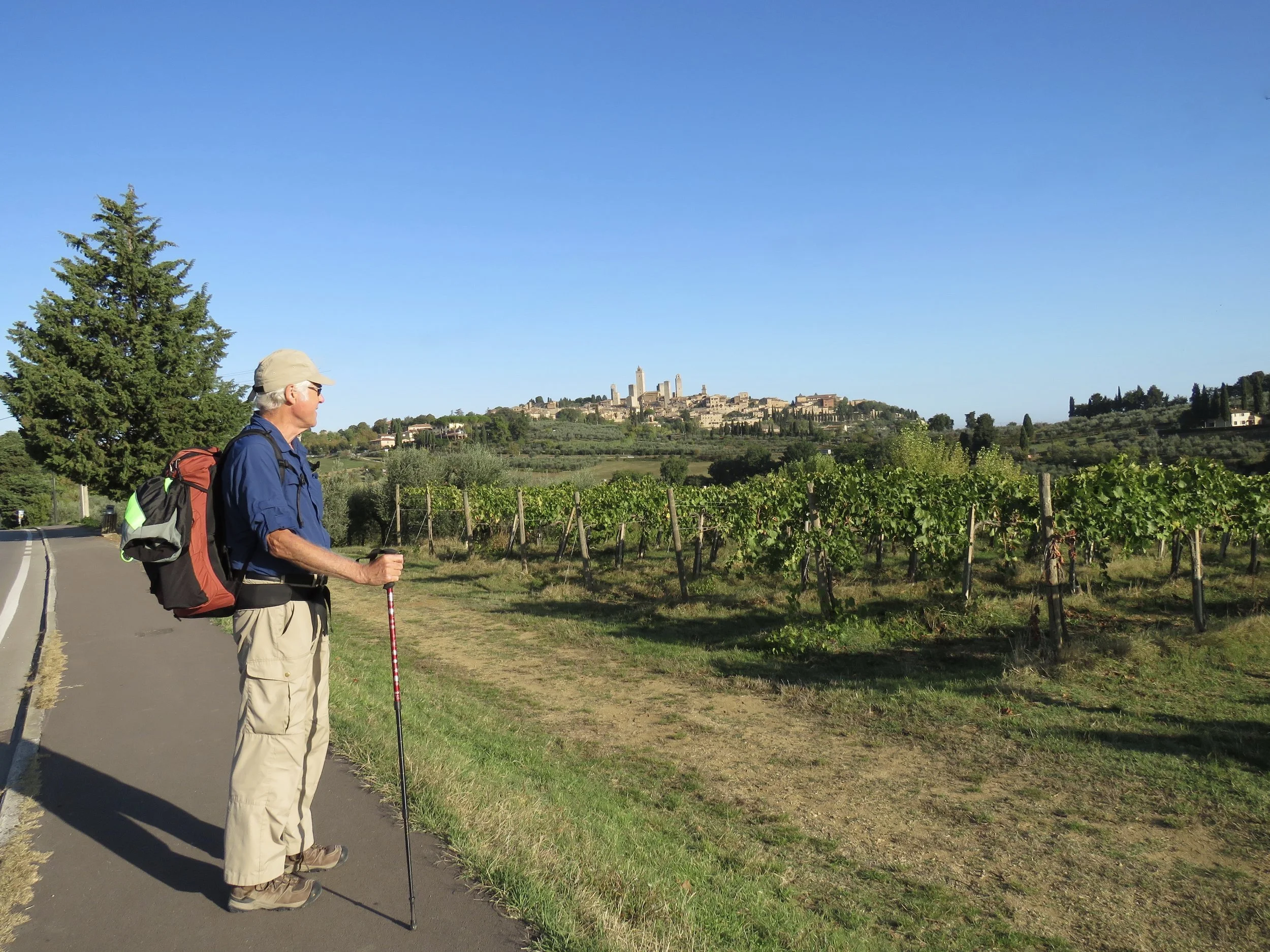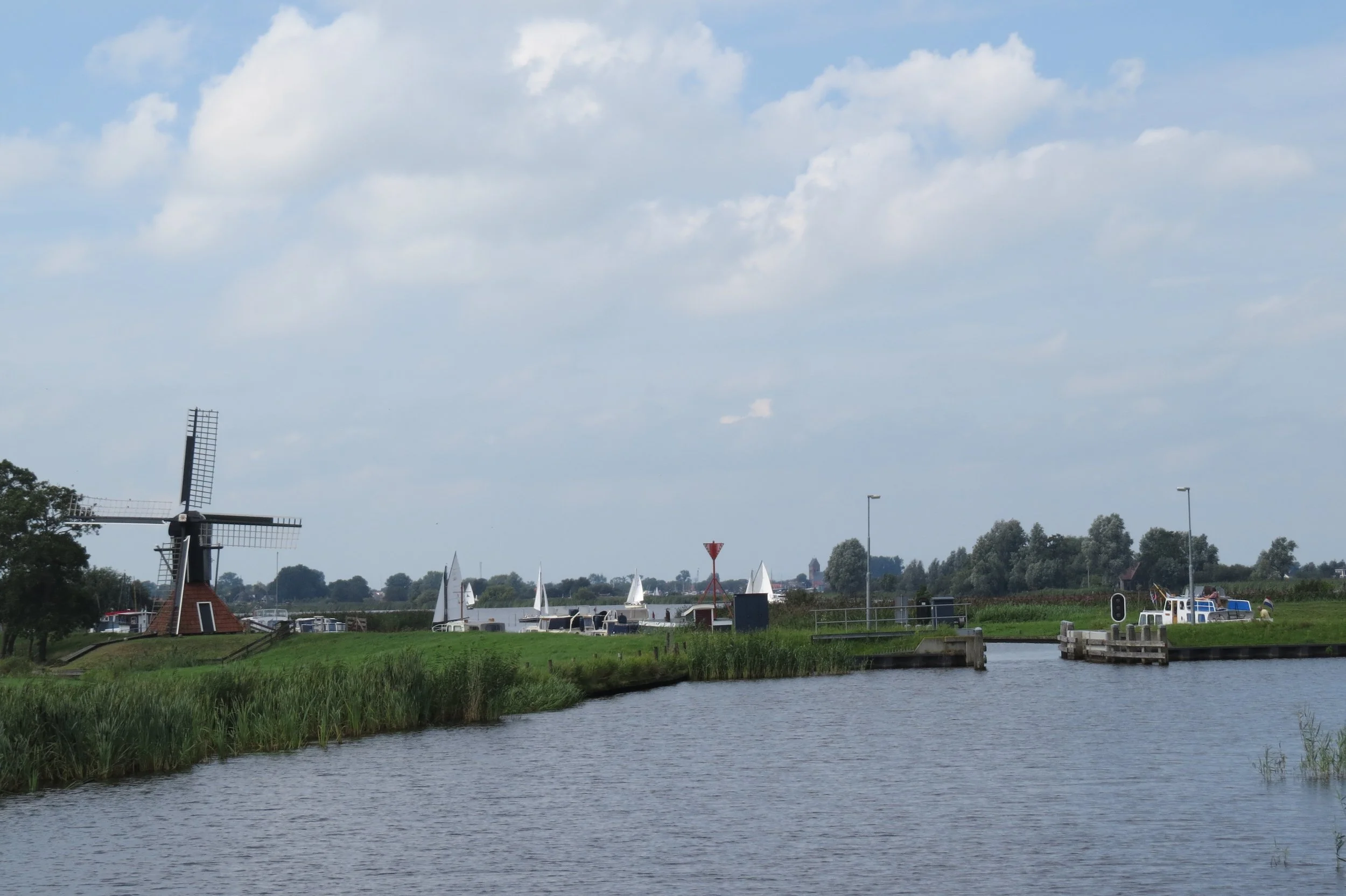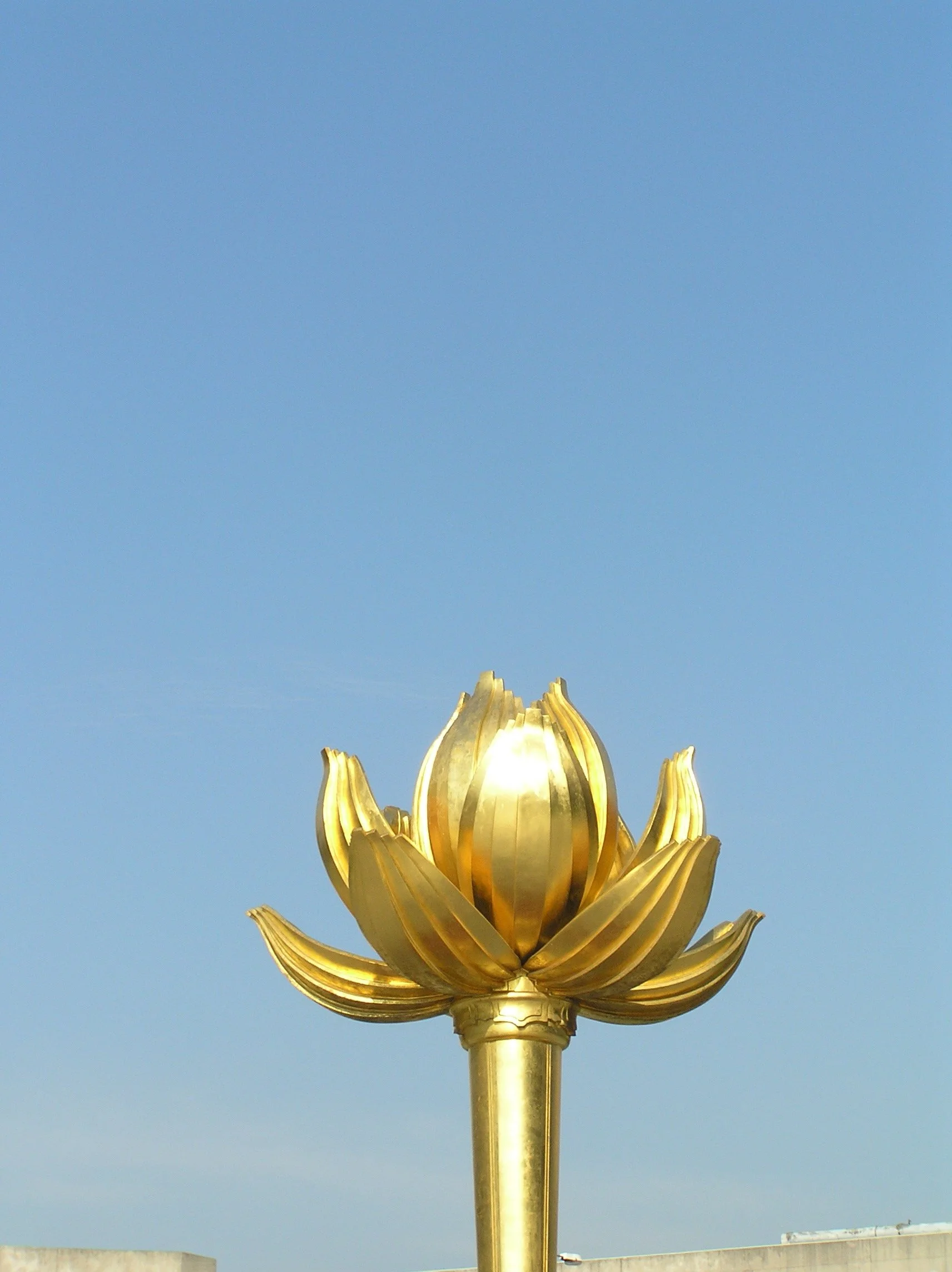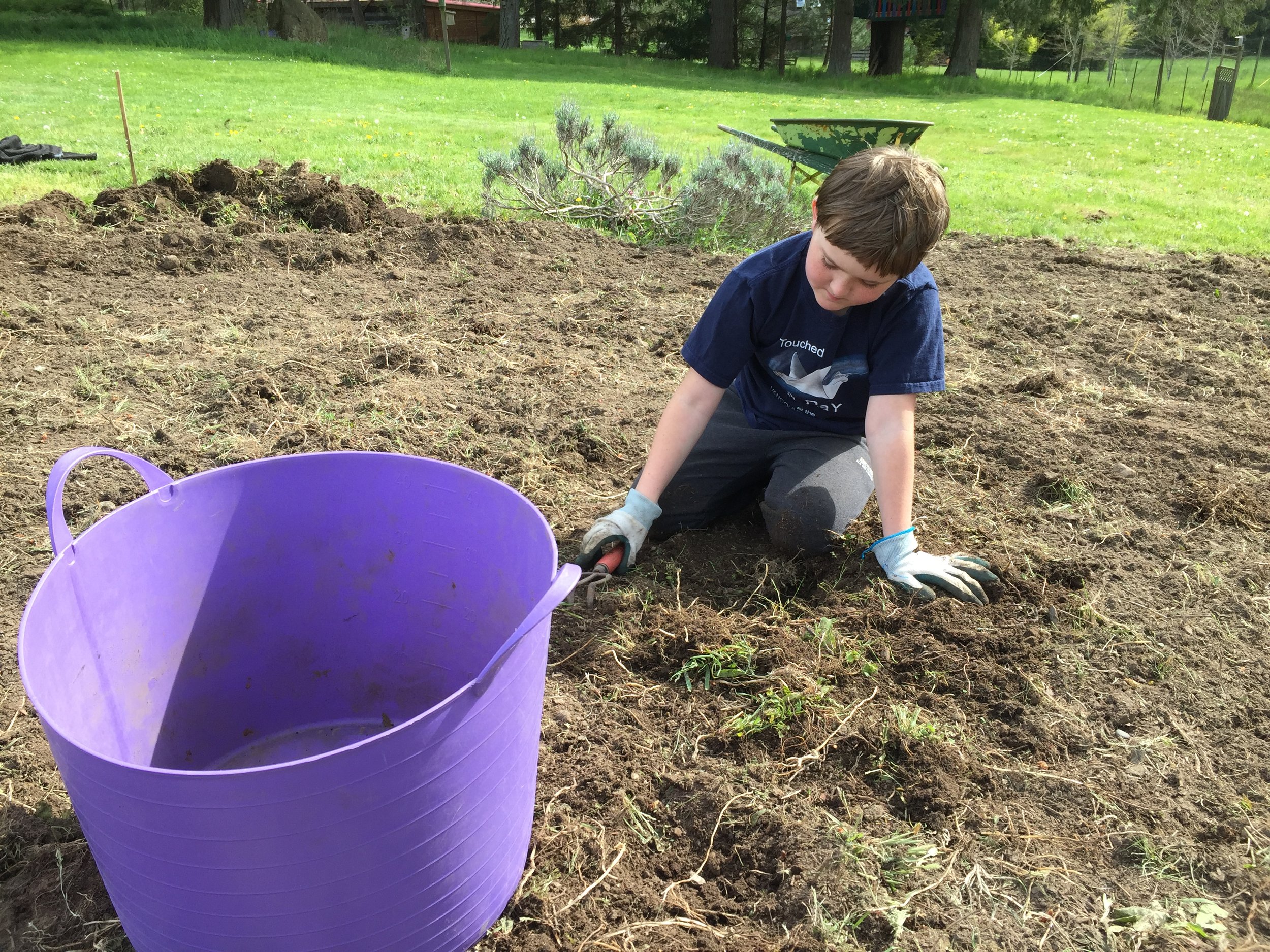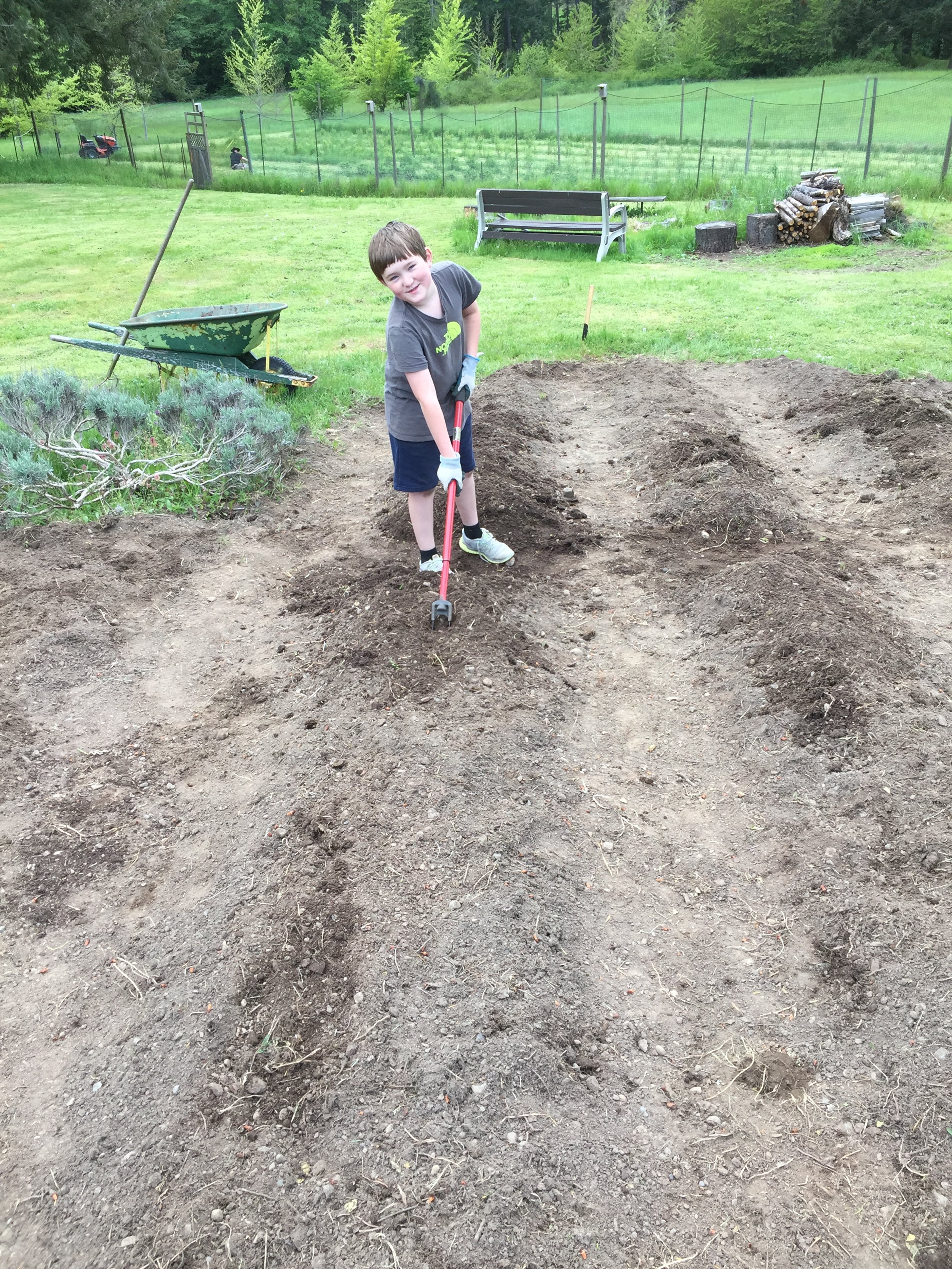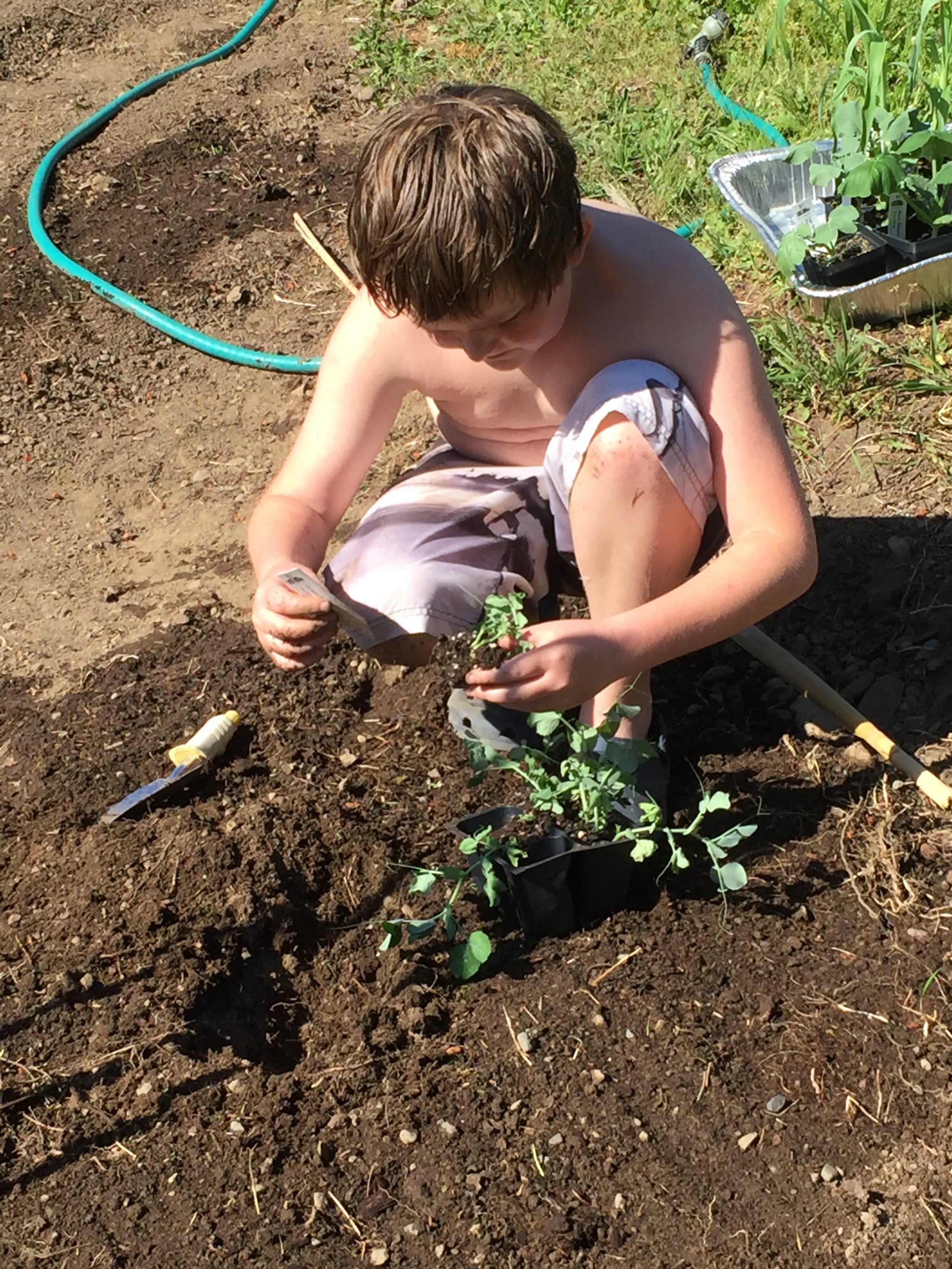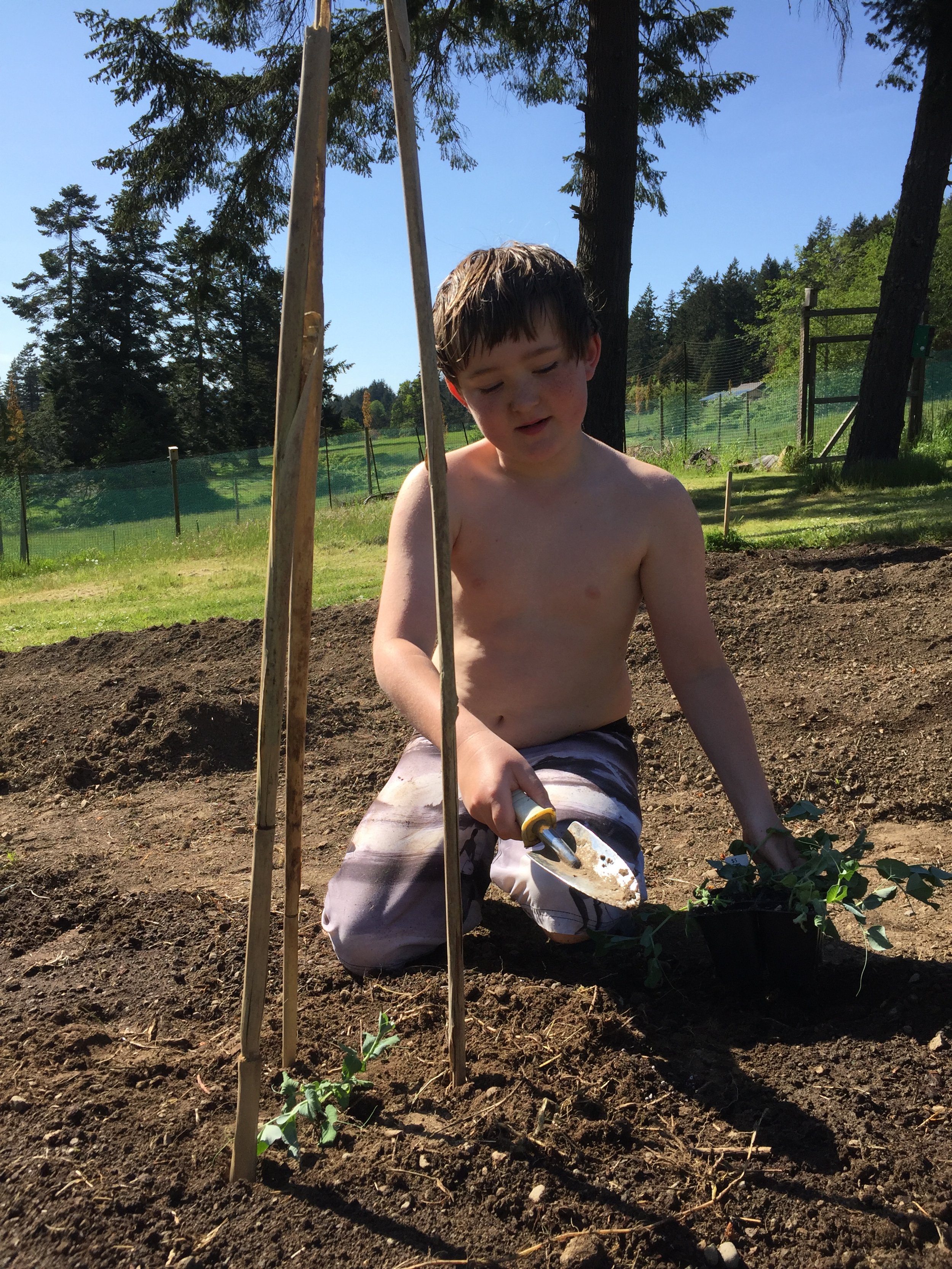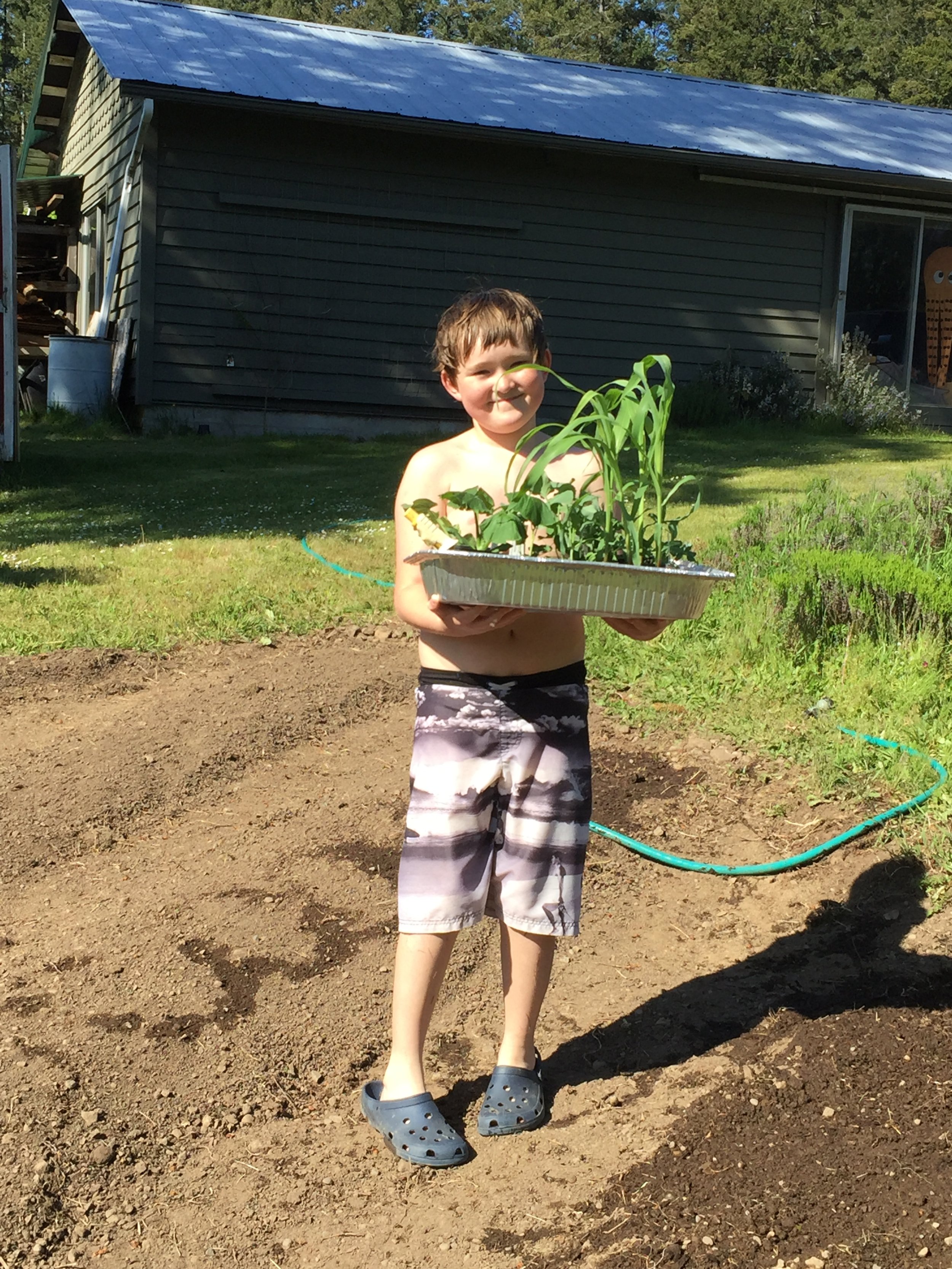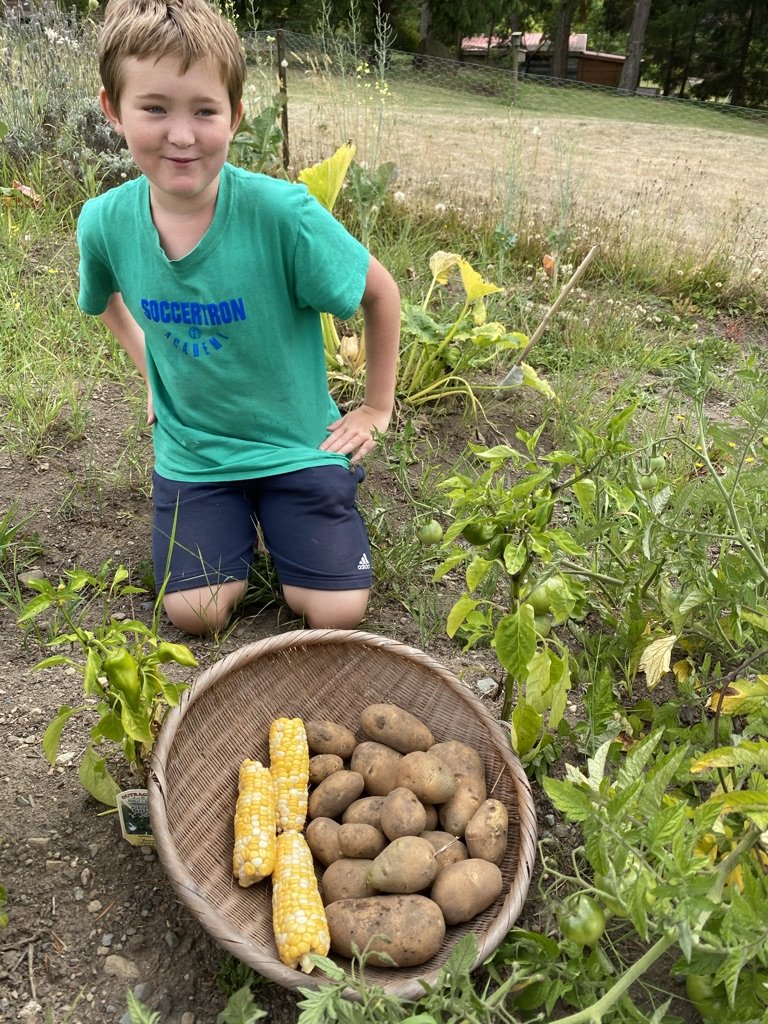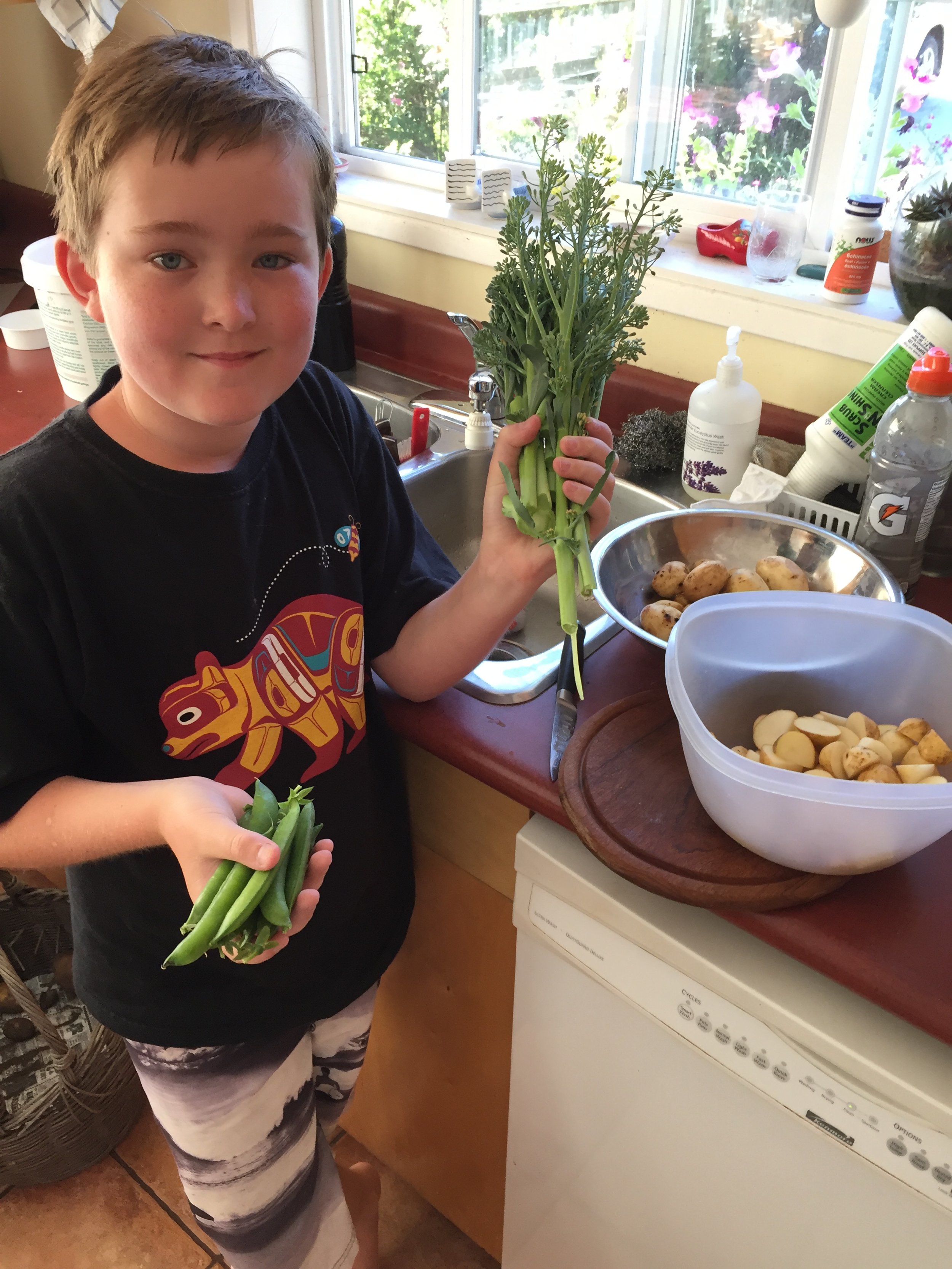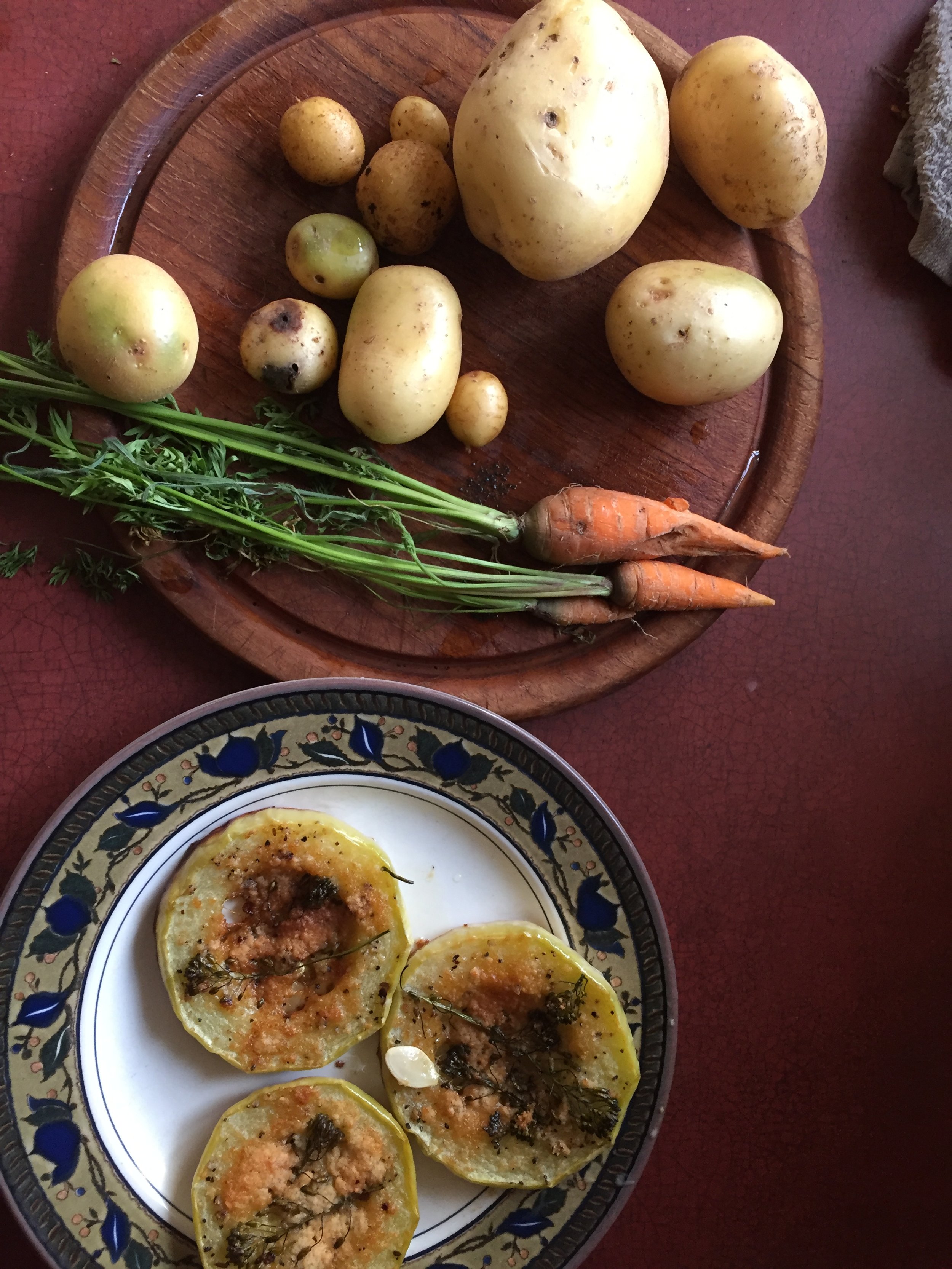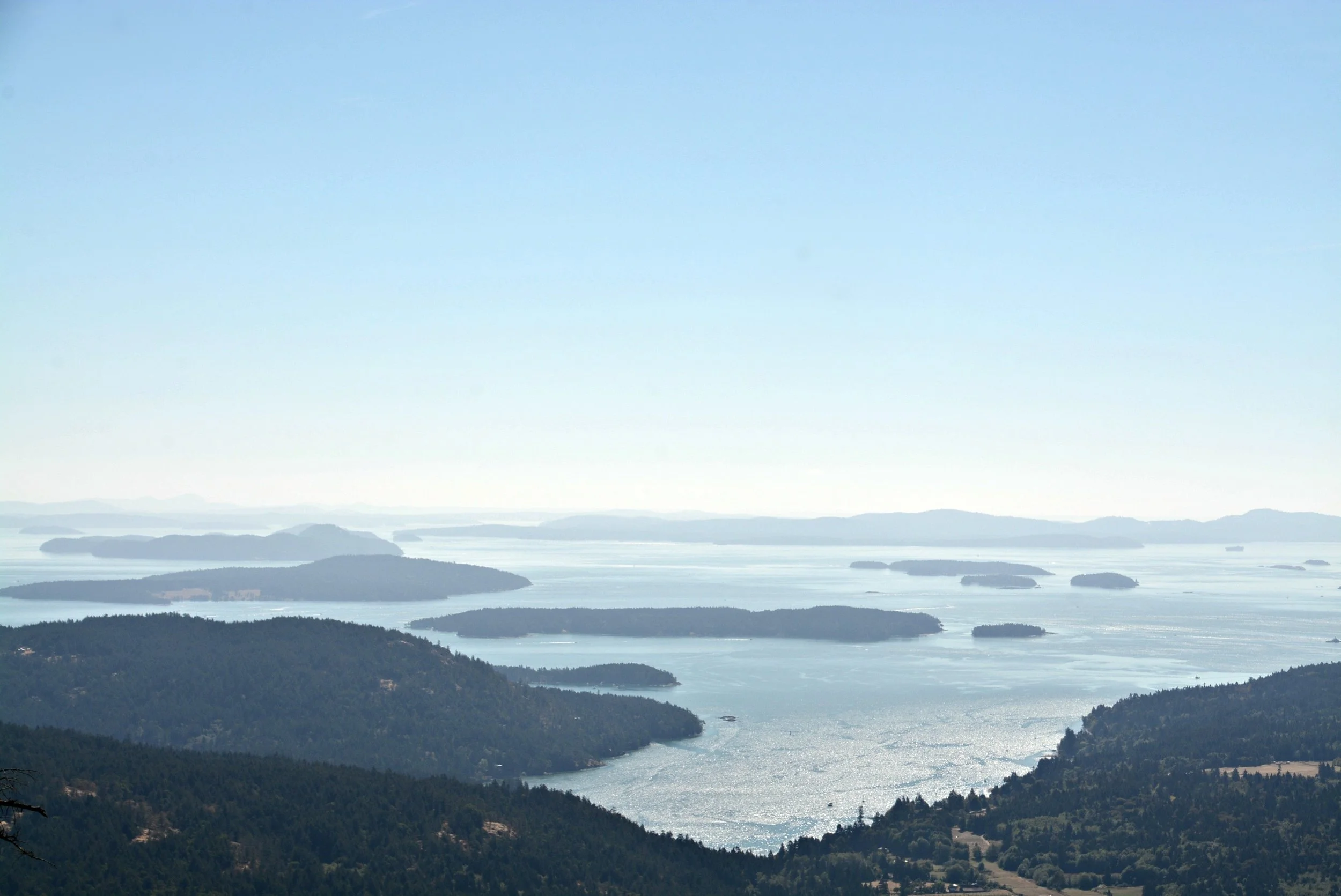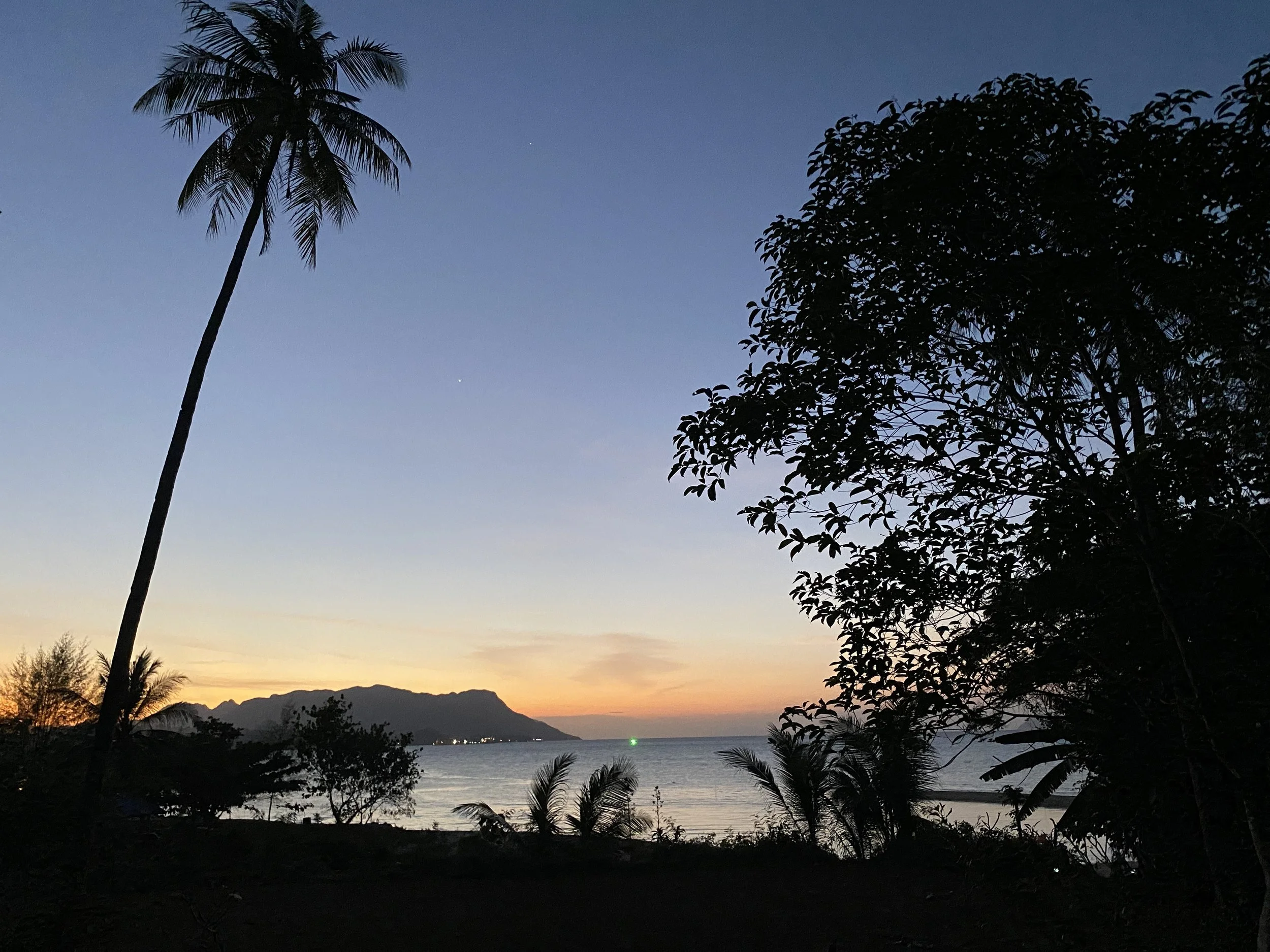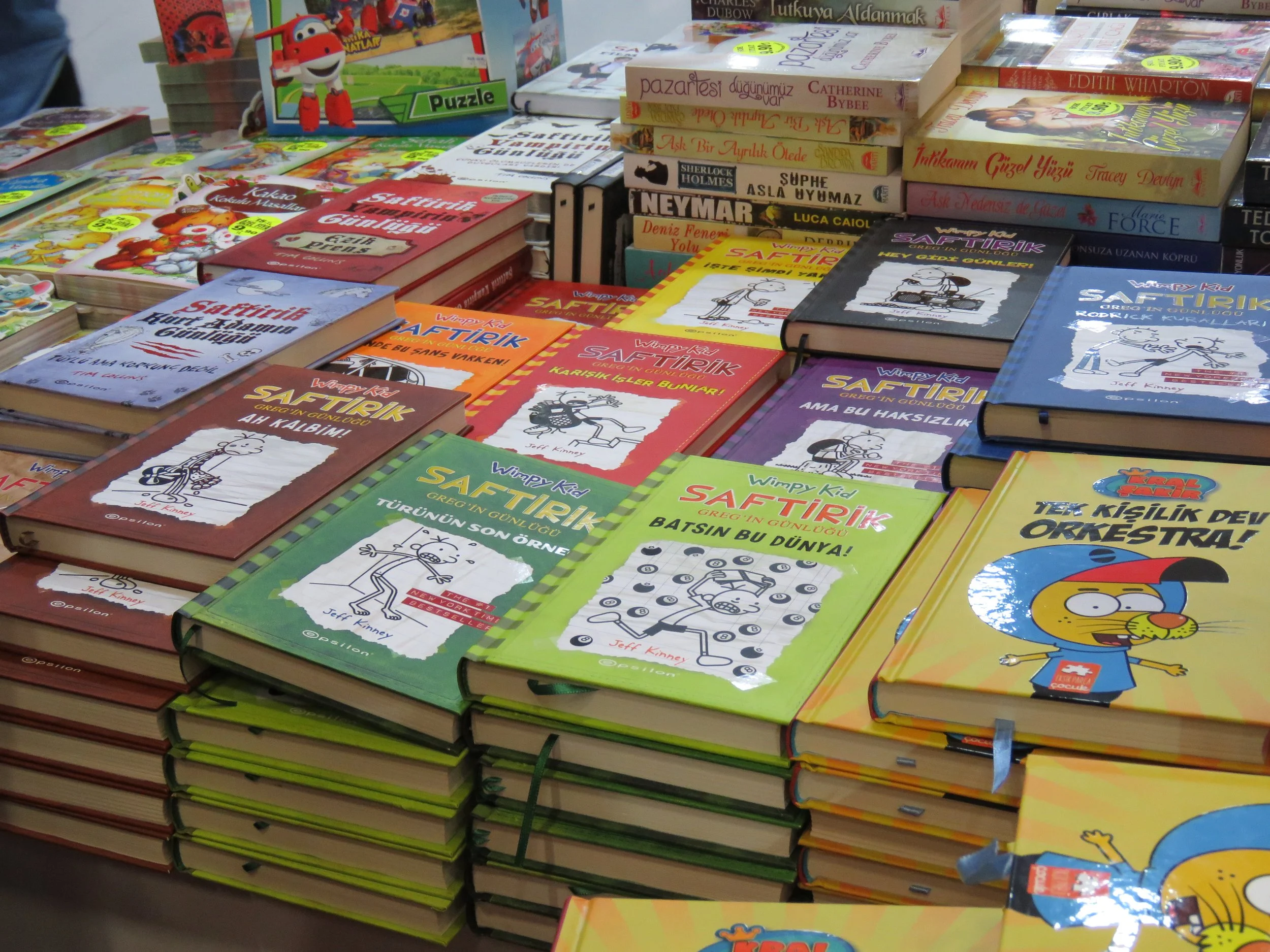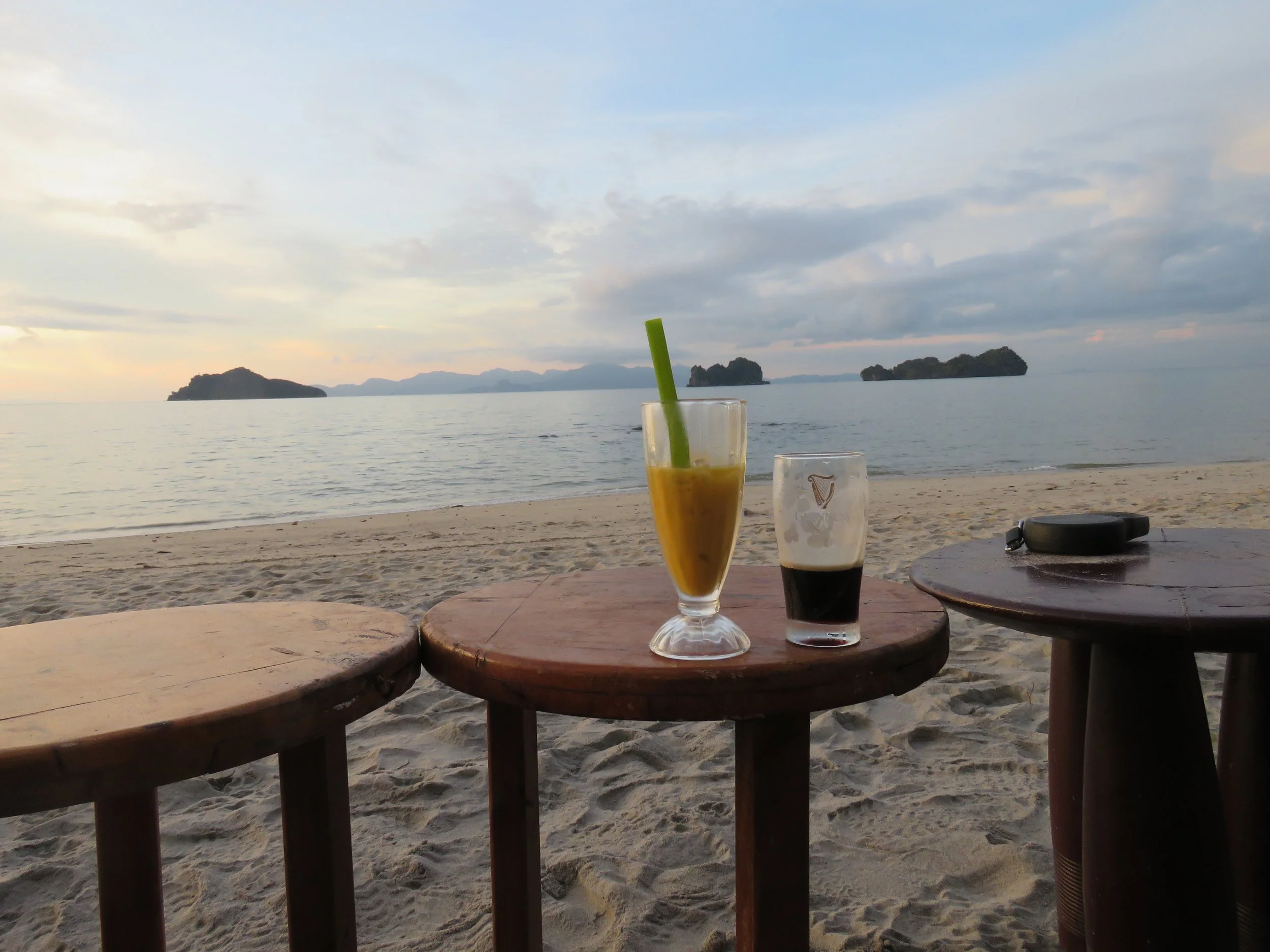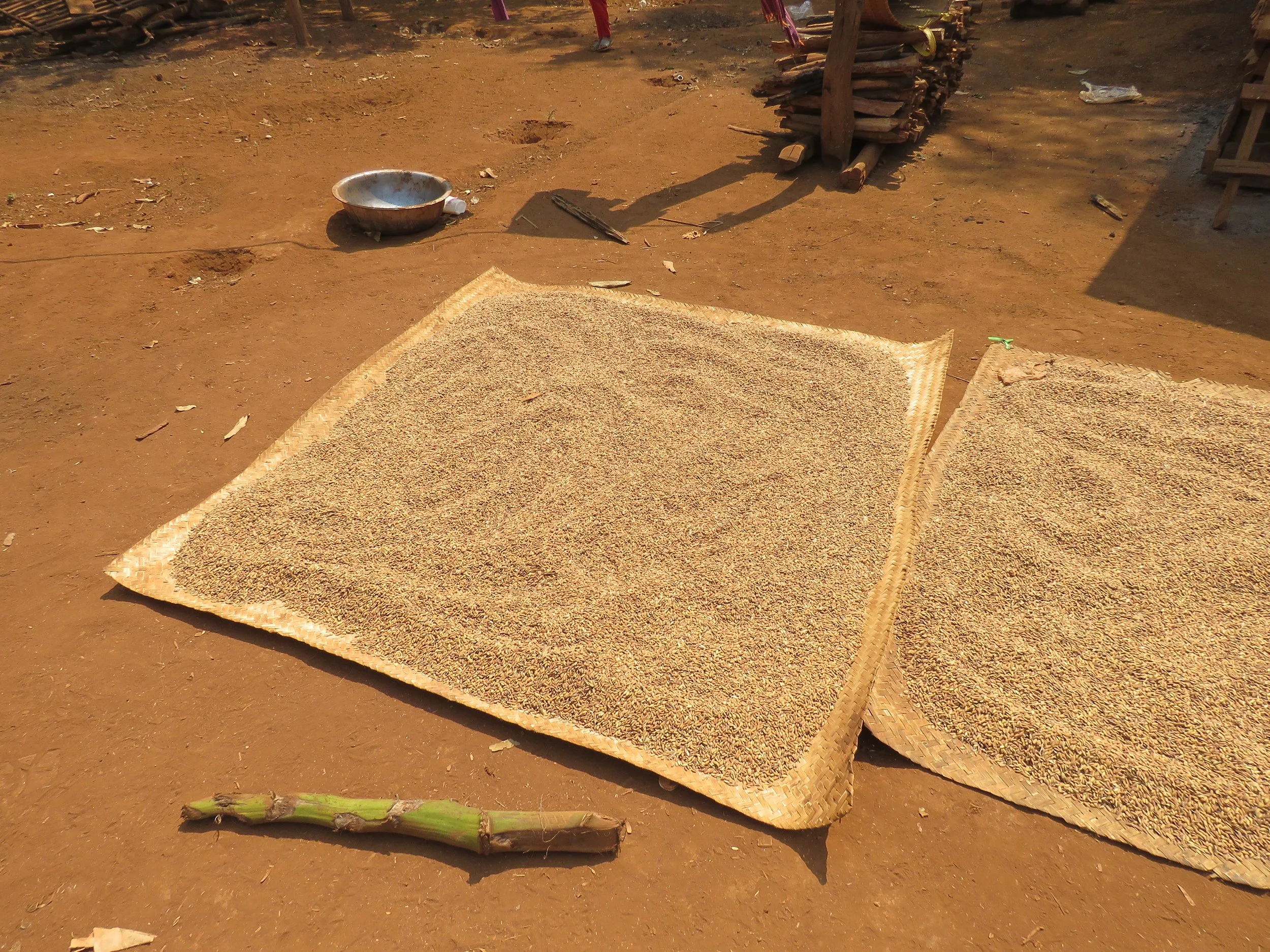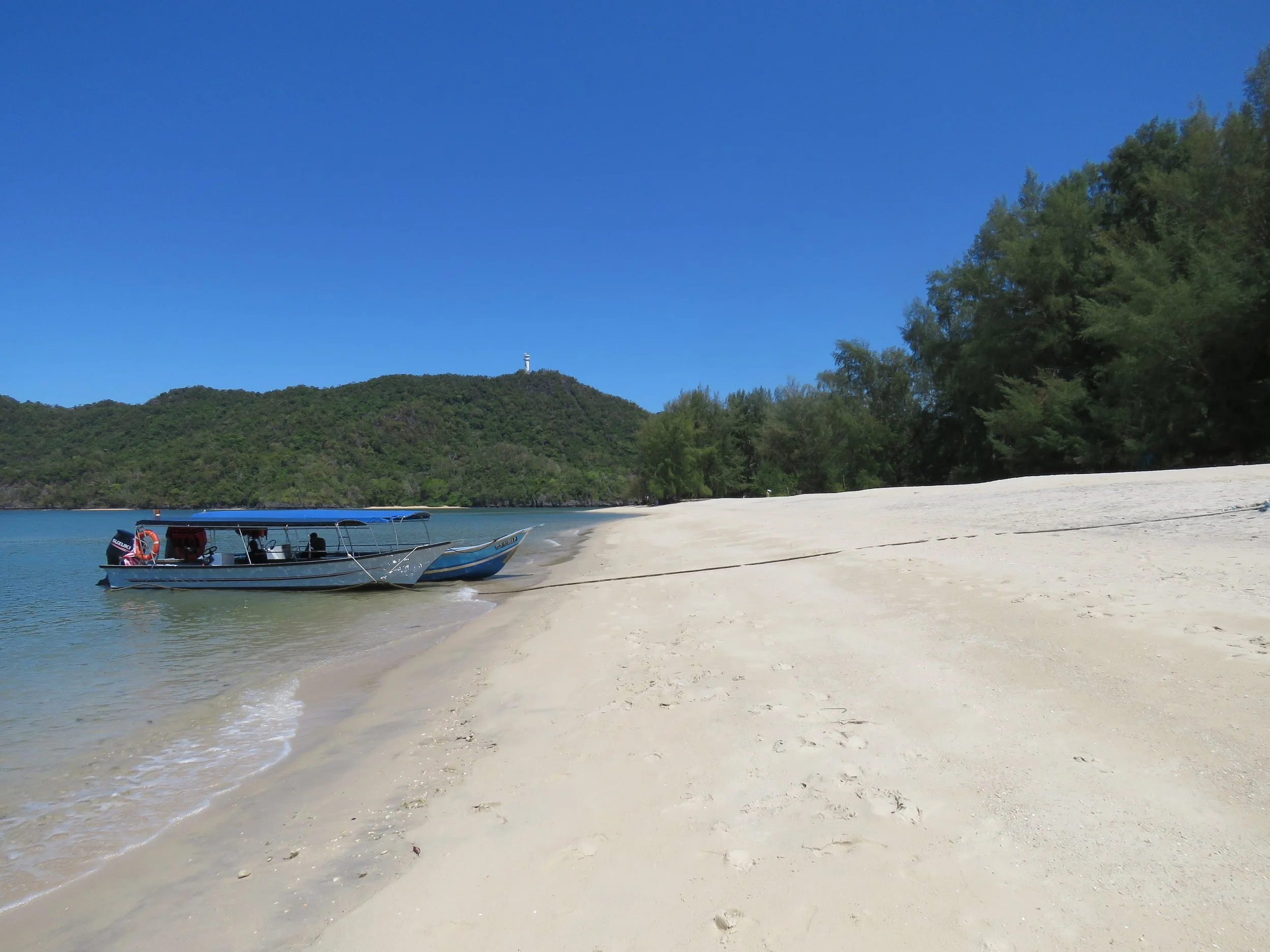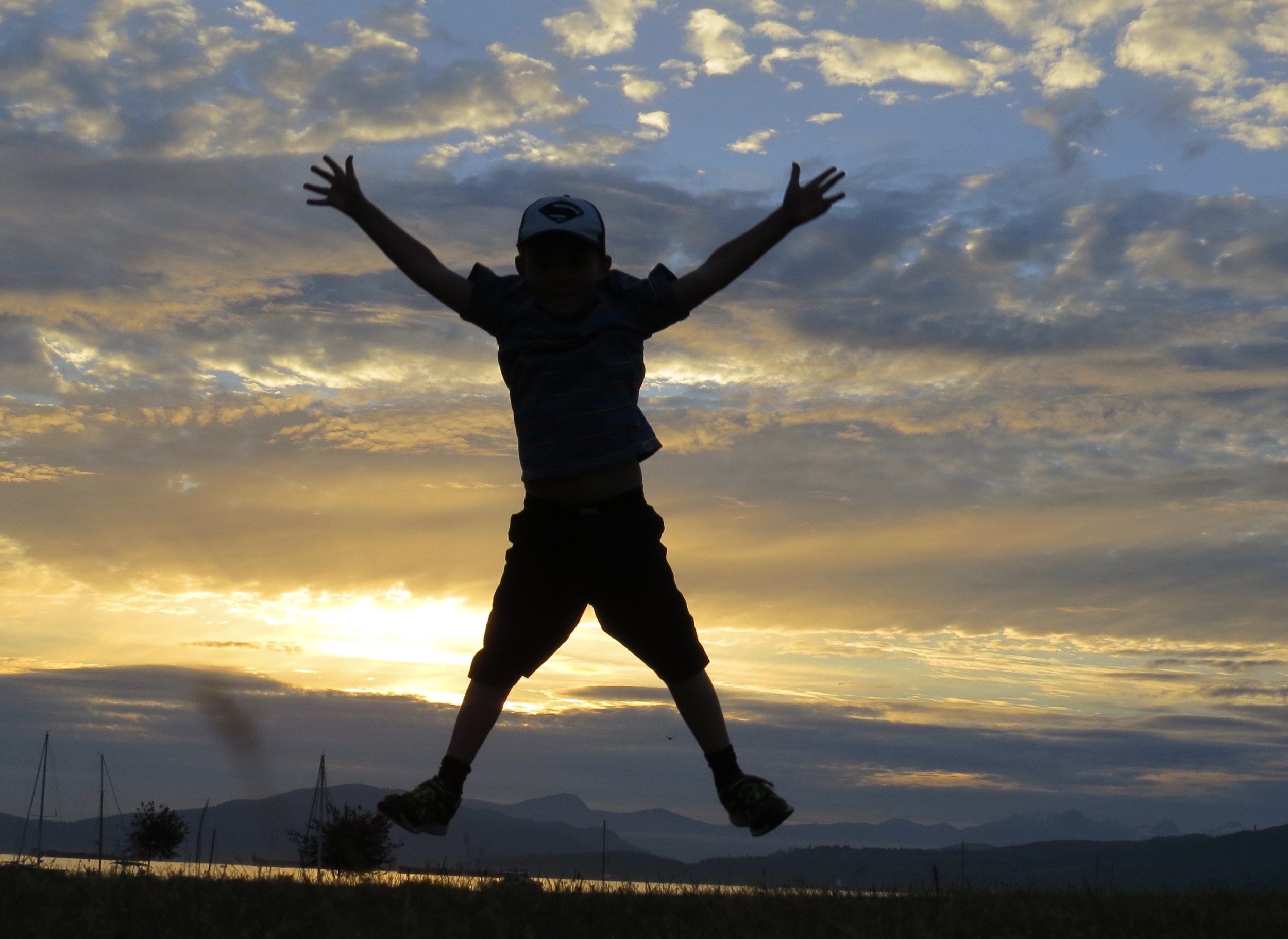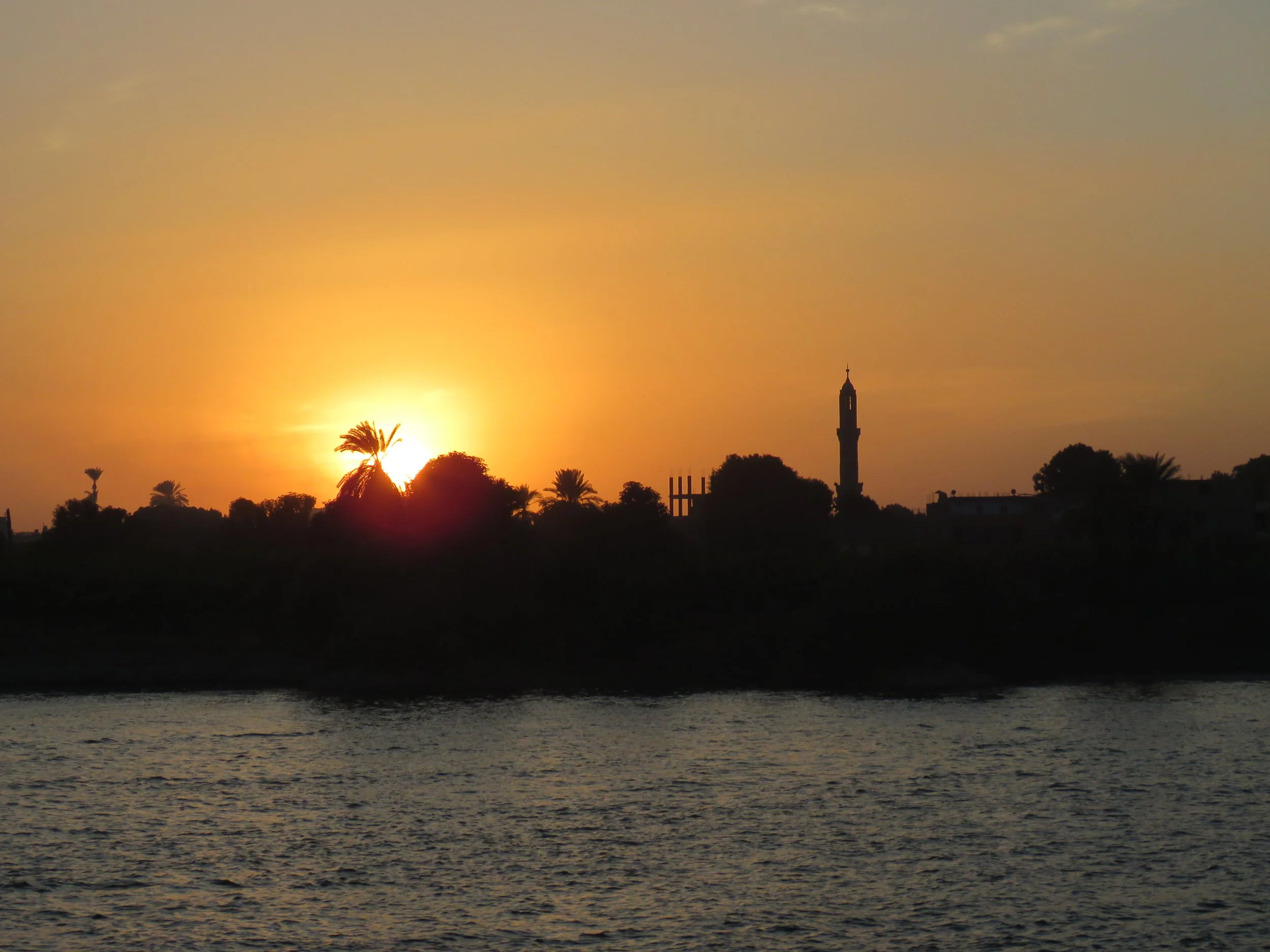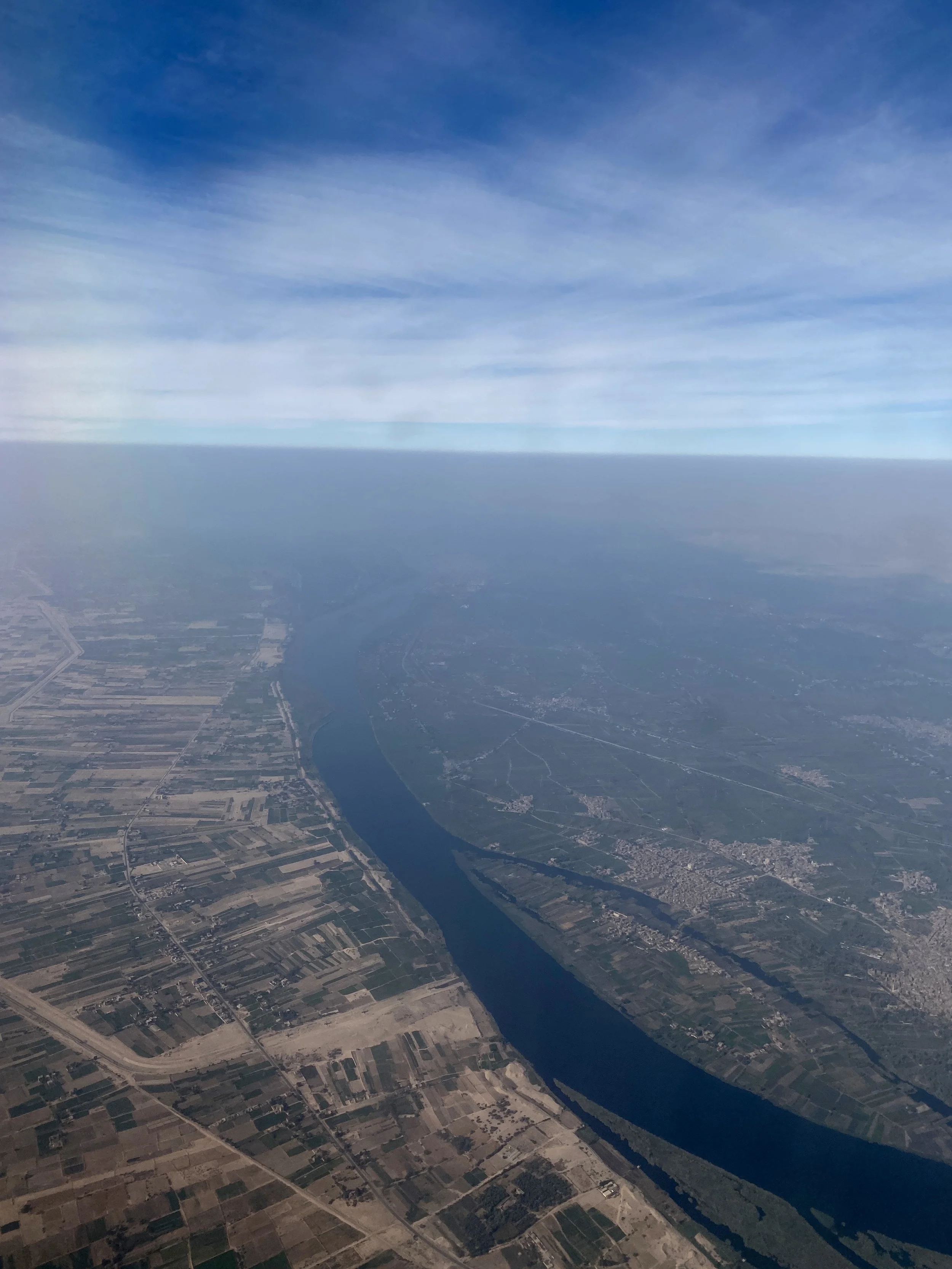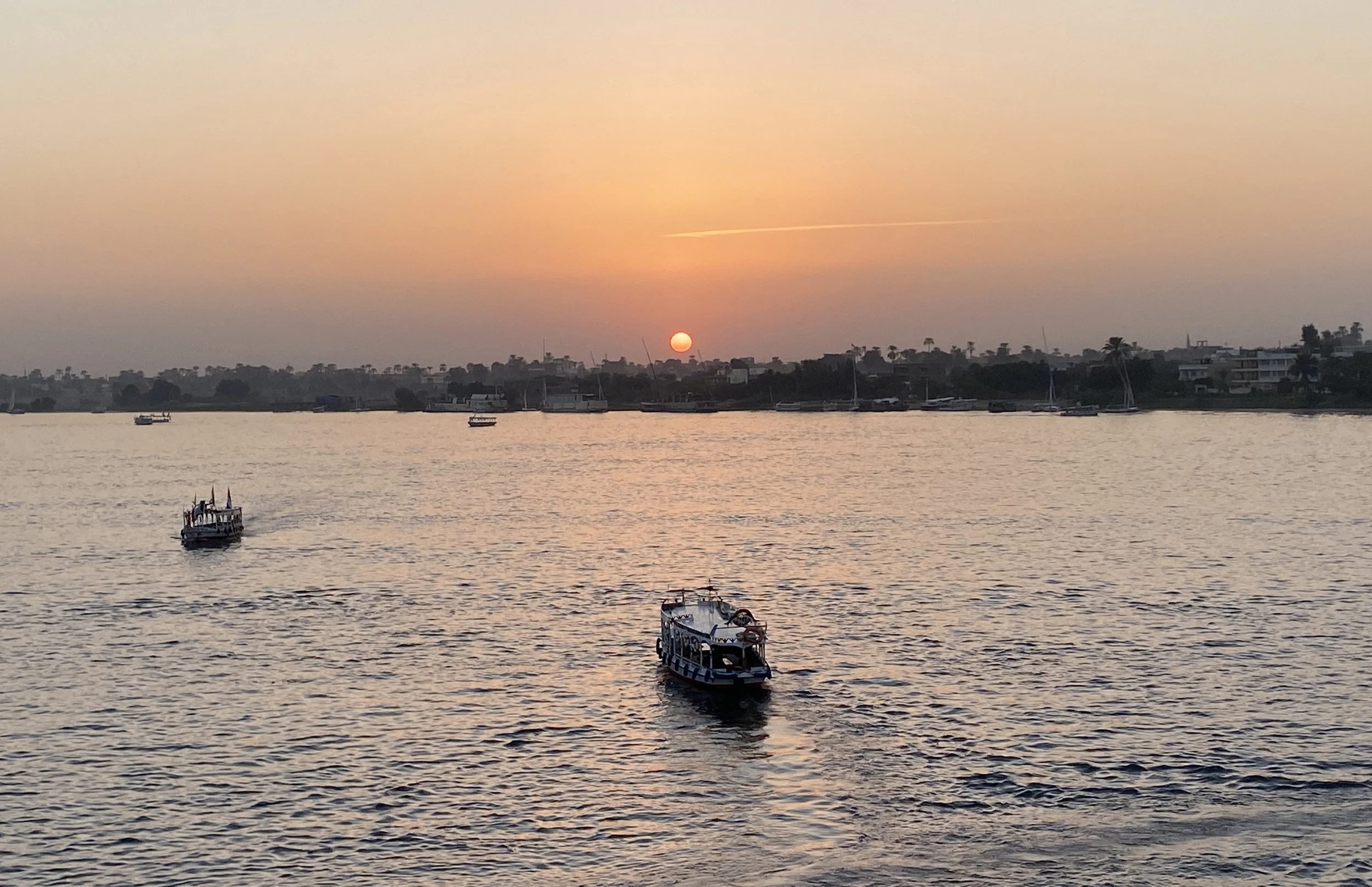I flew directly from Jakarta, Indonesia to Balikpapan on the island of Borneo, to do school visits at an international school. The island of Borneo consists of Kalimantan, the Indonesia portion as well as Brunei and east Malaysia. I’m struck by how clean everything is: streets are continuously being swept by city workers with tiny bundles of branches. I don’t understand how people, especially the children, stay so immaculately clean while living in shacks and walking dirt roads. The children wear bright white socks, school uniforms starched and pressed, hair all combed and perfect. Yet all around is dirt and dust…En route to the airport, the taxi driver comments that there is a lot of unemployment since logging of the rain forest became illegal. Has that really stopped?
The Science of Windmills in A Low Country
The Netherlands is a little over 41 thousand square kilometres (or 16 thousands miles), roughly the size of Vancouver Island.
A few hundred years ago the country was even smaller. It lies at the western edge of Europe, where large rivers flow into the North Sea. Much of the country is very low land and often flooded. In fact, most of the country is below sea level. At its lowest point, The Netherlands - which means ‘Low Lands’ - is an amazing 7 meters (20’) below sea level.
From Australia to Zambia and Places Between
Dear travel buddy -
If you receive this message, it is because you subscribe to our Globetrotting Booklovers blog! Thanks so much for coming along on our journeys as we travel the world. I started this blog about three years ago with 19 posts about our three months driving around Australia in a motor home.
Read more…
East Meets West, in Macau, China
Cheung Chau Island: a Past of Pirates
Having spent time in Hong Kong, we made a day trip to the New Territories, which is part of mainland China. Walking among skyscrapers and about 7.5 million people, it is sometimes hard to remember that you are on a relatively small island. In fact, Hong Kong’s airport is on a separate island, Lantau Island, but the two are connected by roads and train almost seamlessly.
There are more, smaller islands in the South China Sea and we took the ferry to Cheung Chau island, where pirates once roamed.
All Inclusive Dominican Republic
Between Cuba and Puerto Rico, there is an island in the Caribbean called Hispaniola. Ever heard of it? I know I hadn’t…. About one third of this island is Haiti, the other two-third part if Dominican Republic. Dominican Republic is a democratic republic, roughly the size of Costa Rica with some 10 million people. Tourism is one of its mainstays.
Earth Day: Nurturing our Planet
Since this blog post is going life on April 22, I decided to take you to my own garden for Earth Day: April 22. First celebrated in 1970 (!), Earth Day helps humans in 190 countries to focus on environmental concerns, helps expand eco consciousness, and to put environmental concerns on the front page.
Of course, much more is needed than just a one-day-a-year commemorating and addressing the huge environmental concerns facing us all. We love to travel and get to know our fragile planet better. We try to always do so in the most environmentally friendly manner we can - by recycling, reusing, reducing everywhere we go. But also by planting many trees and trying to leave as light a footprint as possible. We have visited many fragile places, including the Great Barrier Reef region of Australia, the Galapagos Islands and the Ngorogoro Crater in Africa.
And there’s nothing like the recent Covid pandemic to make people want to be more self-sufficient and help us realize how depended we are on our planet and its health.
During the Covid-era, everyone suddenly stocked up on toilet paper and flour. You never knew which shelves would be empty the next time you ventured into a supermarket. It became difficult to buy new laying hens since, suddenly, everyone wanted chickens. And everyone, it seems, wanted to live in the country and grow their own food to be on the safe side.
When there was no school for a while, we watched more movies than normal with our then ten year old grandson Nico. One of them was a fabulous documentary called Biggest Little Farm.
Organic gardening…
The film follows ten years of a young couple who buy an acreage in southern California. Despite never having farmed before, they turn dead soil into a gorgeous lush farm. The film is inspiring on so many levels, and not just to adults. Nico enjoyed it. He saw how organic manners were used to combat pests. How chickens, slugs, ducks, even coyotes are connected and support the environment.
Ever since they were little, the boys had helped me in the vegetable garden. They helped to pull weeds and to dig in the potatoes. But mostly they loved eating strawberries, raspberries, blueberries and blackberries straight off the bushes.
Three days after watching the documentary, Nico came up to me and said, “I want to run my own farm.” He ask if he could use a flat piece of land on our 5 acres. He had already walked around and staked out a flat square of grass. But the piece of land he selected was outside our deer fencing and thus not a good choice for growing anything.
Soon we identified another, better suited piece of level land which is protected from the many deer that roam our island. He staked it off and, after promising to do all the weeding and watering, it was his.
His dad happened to own an old-fashioned plow so he helped to turn the sods. Nico spent the next week on his knees, pulling grass and weeds from clumps of heavy clay. Our land used to be a Japanese garden, many years ago, and has the best, fertile soil.
He designed a garden plan on paper, complete with beds and paths. When they heard about his plan, friends and even total strangers started to donate berries, seeds, starter plants and seedlings.
We made a trip to a local organic farm for some seedlings which he nurtured inside, in a bay window, until the weather turned warm enough for planting outdoors.
Aidan started helping, too.
By early May, in the Pacific Northwest, it was time to plant. Nico chose his own crops to grow: corn, peas, potatoes, squash and more.
A friend heard about Nico’s garden and divided some of his boysenberry bushes. Nico planted these on the outside so the fence could support the long vines.
He planted, pulled more weeds and watered. He also had to put up a small fence to keep rabbits from helping themselves to his hard earned veggies. All of the weeds he pulled, sometimes helped by his younger brother, were donated to the chickens who munched happily and turned the greens into eggs.
By June, the potato greens were coming up and the peas were climbing the bamboo stalks. In July the corn grew over his head and the tomato plants had yellow flowers.
In early August Nico was able to harvest the first huge zucchini and share it with his family for dinner.
The peels of potatoes and squash were added to our active compost bin so that they can feed the soil to support a new crop.
There is nothing better than harvesting your own veggies and fruits from bushes that you planted while kneeling in the dirt. Even if you don’t have land, you can grow tomatoes and lettuce in containers on a balcony and eat veggies that you grew yourself.
Hopefully Nico will be inspired enough to keep growing his own vegetables and munch on snacks that he nurtured himself, from seeds to fruits.
Happy Earth Day!
Books:
There are many wonderful books to celebrate nature, the earth and Earth Day. Perhaps none are as powerful and practical as books for kids. Some of my favourites include:
50 Climate Questions, Peter Christie
111 Trees, Rina Singh
A Tree is a Home by Pamela Hickman
Going Blue, Cathryn Berger Kaye and Philippe Cousteau
No More Plastic by Alma Fullerton
One Well, Rochelle Strauss
The Waterhole, Graeme Base
You Are Stardust by Elin Kelsey
Garden Wonders, A Guidebook for Little Green Thumbs by Sarah Grindler
Two Degrees by Alan Gratz
The Orca Footprint series, several titles by Michelle Mulder.
My own books about nature include: Wild Babies, In My Backyard, Amazing Animals and The Elephant Keeper.
All The Write Places...
An Island in the Salish Sea
Legendary Langkawi
Write In Türkiye
When I did school presentations in Turkey, or Türkiye as it is now called, I was lucky that my time in Istanbul coincided with the annual Istanbul Book Fair. It also coincided with the publication of my book Stepping Stones, A Refugee Family’s Journey, in Turkish.
This set of fortuitous circumstances led to a wonderful adventure for me….
A Taste of Langkawi
A Homestay in Cambodia
When we traveled to Cambodia, the main reason was to embark on a 15 day trek that would show us much of the country.
In their online itinerary of Cambodia Cycling offered, as part of their guided trek, the option of a home stay. Staying with a local family really appealed to us as a wonderful way to learn about real life and to meet people.
Birds of Malaysia
Winter on the Beach in Malaysia
We don’t do winters anymore.
Yes, winter can be cozy by the fireplace, with fleecy pj’s, furlined moccasins and a good book. But in winter it’s cold outside, it rains and rains so we don’t want to walk. We can’t do much if any gardening. And sometimes we even have to shovel snow on Salt Spring. But this time we ended up on a white beach in Malaysia…
Exploring Vancouver with Kids
Vancouver BC is consistently voted as one of the best cities in the world to live. We are not city people but we do love an opportunity to visit this beautiful city. There is so much to do and see, including for kids. There are many well known museums, including the Anthropology Museum at UBC, and other tourist sites. I will share with you some perhaps lesser known places that have special kid appeal.
South up the Nile; North to the Pyramids
For this last segment of our recent Egypt trip, we’ll take you down the Nile and back north to the pyramids.
Sailing south on the Nile means you are traveling up stream, towards it source. After our cruise boat left Luxor, we reached the locks on the Nile in the dark.
The next morning we woke up to find ourselves at Edfu - an amazing temple complex built by the Greeks for the Egyptian gods, during the era of Alexander the Great.
A Pharaoh’s Afterlife
Ancient Egyptians did not live on the west bank of Nile. This was the side of death. Each night, the sun died on the west side. But, if all went well, it was reborn each morning on the east side - the side of life. So people lived on the east bank. Tombs and mortuary temples were built on the west side of the all important river.
Off To Egypt
When Covid cancelled my school tour of schools across China in 2021, I was doubly disappointed since it would have been the first time that I was able to bring my grandson along. Nico was 10 then. Ever since he was born I dreamed of showing him the world. When our time in China was cancelled, I felt I owed him a trip. “Where would you most want to go?” I asked him. “Egypt!” he answered immediately.
As Dutch As It Gets: hiking a historic skating route
The Elfstedentocht (Eleven cities tour) is a historic long-distance tour skating event, almost 200 kilometres (120 mi) long, which is held both as a speed skating competition and a leisure tour in the province of Friesland in the north of the Netherlands. As a child, I remember that skating tour being legendary, almost mystical. Now, you can also hike that legendary route through a typical Dutch landscape.
